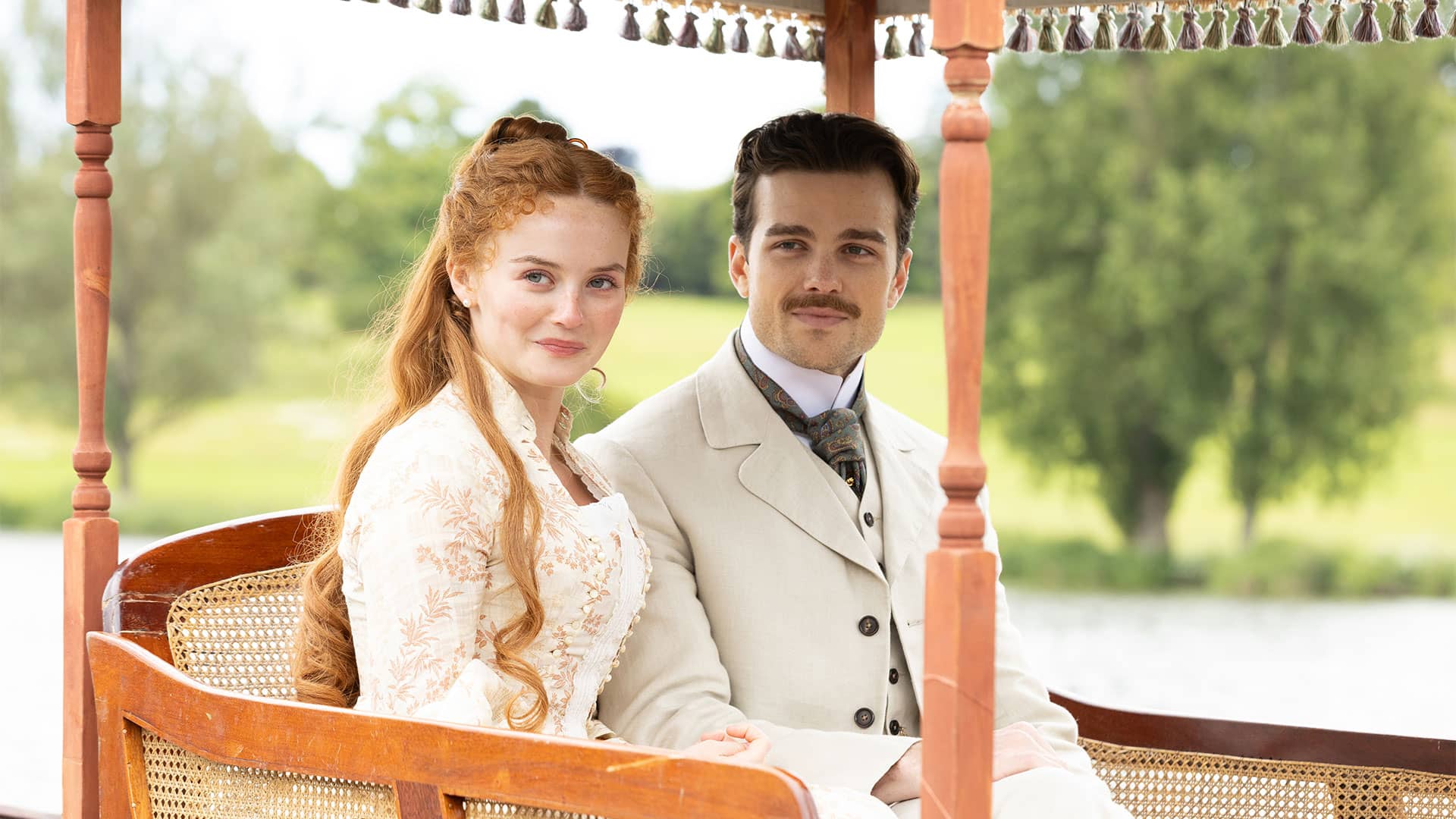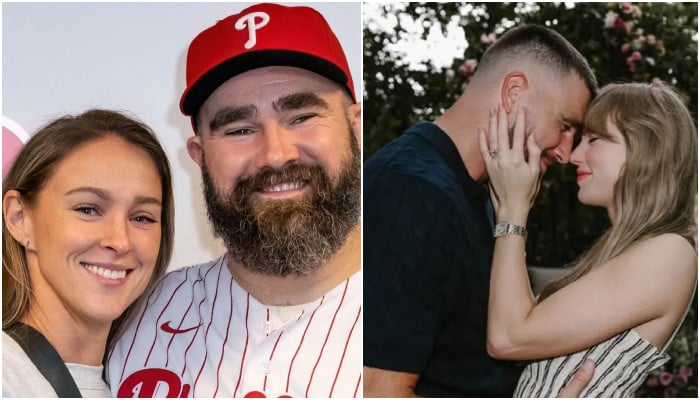Feast your eyes on some sweeping, beautiful first-look images from The Forsytes, coming to MASTERPIECE on PBS in 2026!…
Category: 5. Entertainment
-
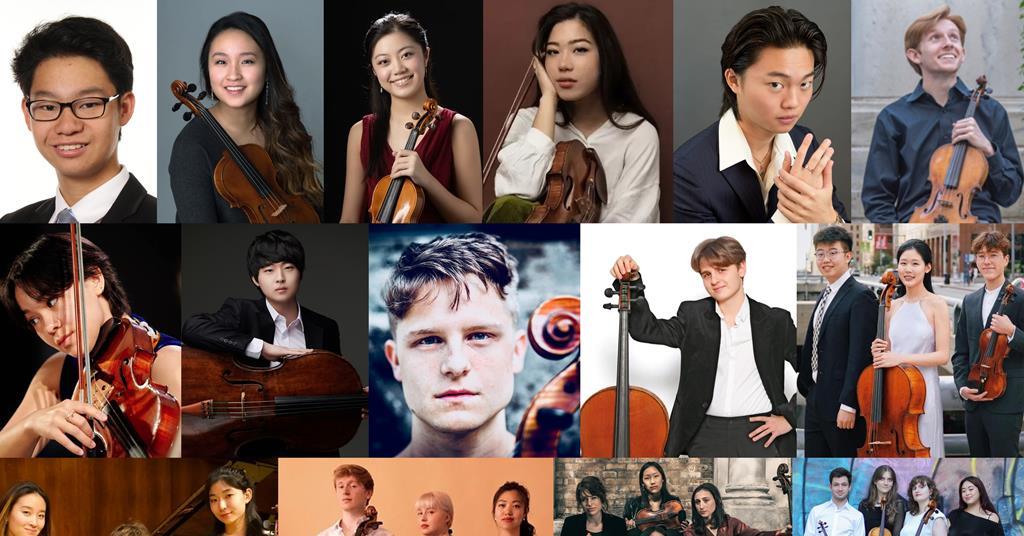
The Strad News – String players among YCA’s semi-finalists for 2025 auditions
Read more news stories here
Young Concert Artists (YCA) has announced the semi-finalists in the 2025 Susan Wadsworth International Auditions.
37 artists have been selected from a pool of more than 200 applicants to advance to the semi-final…
Continue Reading
-

Angelina Jolie all set for a new beginning away from America
Angelina Jolie is all set for…
Continue Reading
-

Big Brother contestant George Gilbert removed over ‘unacceptable language’
A Big Brother contestant has been removed from the reality show for the “repeated use of unacceptable language and behaviour”, ITV has said.
George Gilbert had received warnings earlier in the series and was seen in Monday’s episode being…
Continue Reading
-
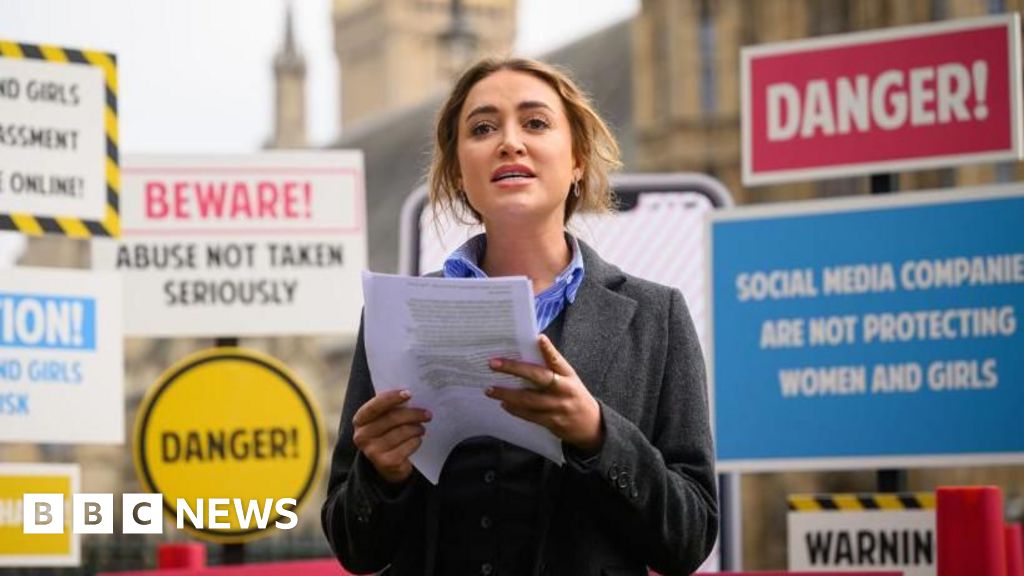
Reality TV star Georgia Harrison to be appointed OBE at Windsor Castle
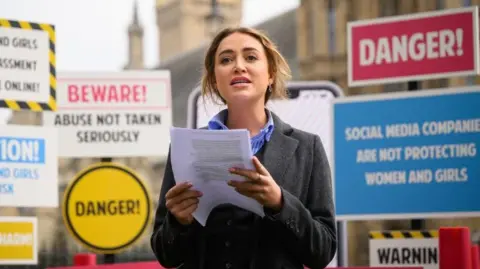 Getty Images
Getty ImagesGeorgia Harrison became a campaigner on tackling violence against women and girls since since her ex-partner was jailed for posting an intimate video of her online A reality TV celebrity who has campaigned for safety for women and…
Continue Reading
-
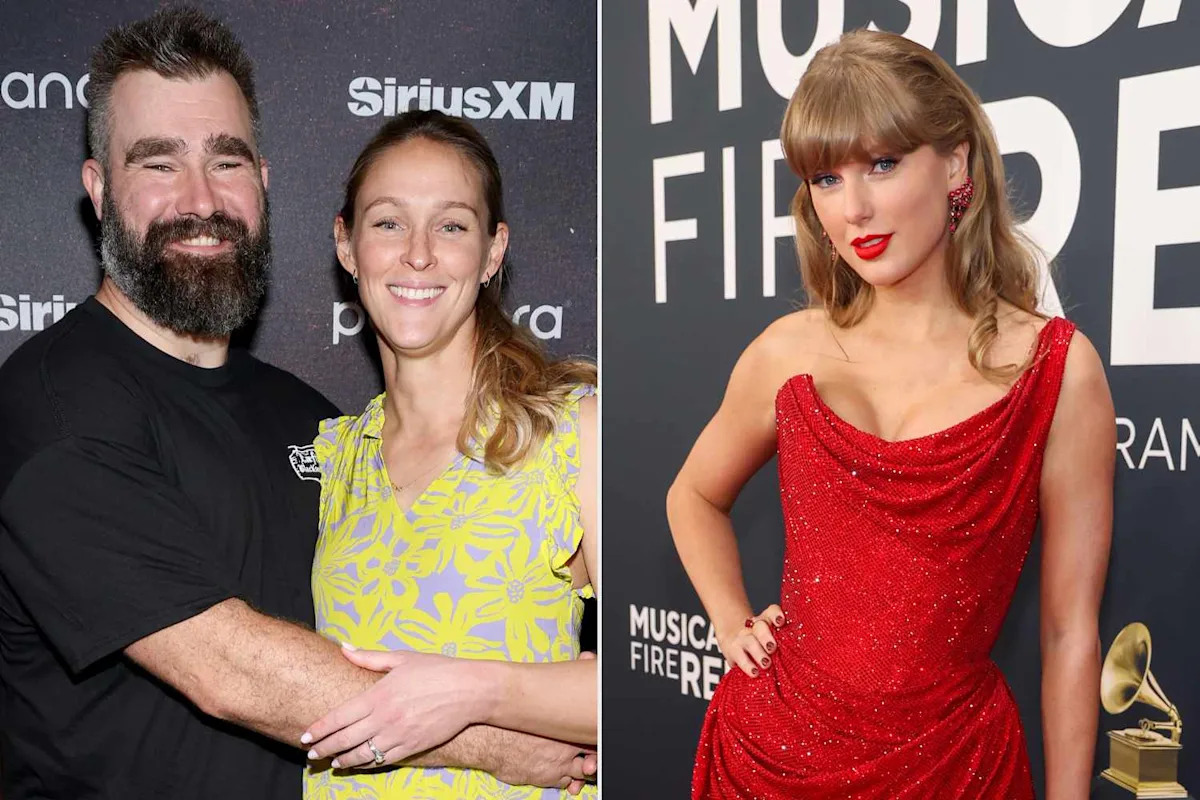
Jason Kelce Says 1 of Taylor Swift’s “Life of a Showgirl ”Songs“ ”Mirrors His Wife Kylie Kelce’s ‘Mentality’
NEED TO KNOW
-
Jason Kelce opened up about wife Kylie Kelce’s favorite song on Taylor Swift’s new album, The Life of a Showgirl
-
Jason said the track captured the mother of his four children’s “mentality”
-
Coincidentally, Swift has also listed the song…
Continue Reading
-
-
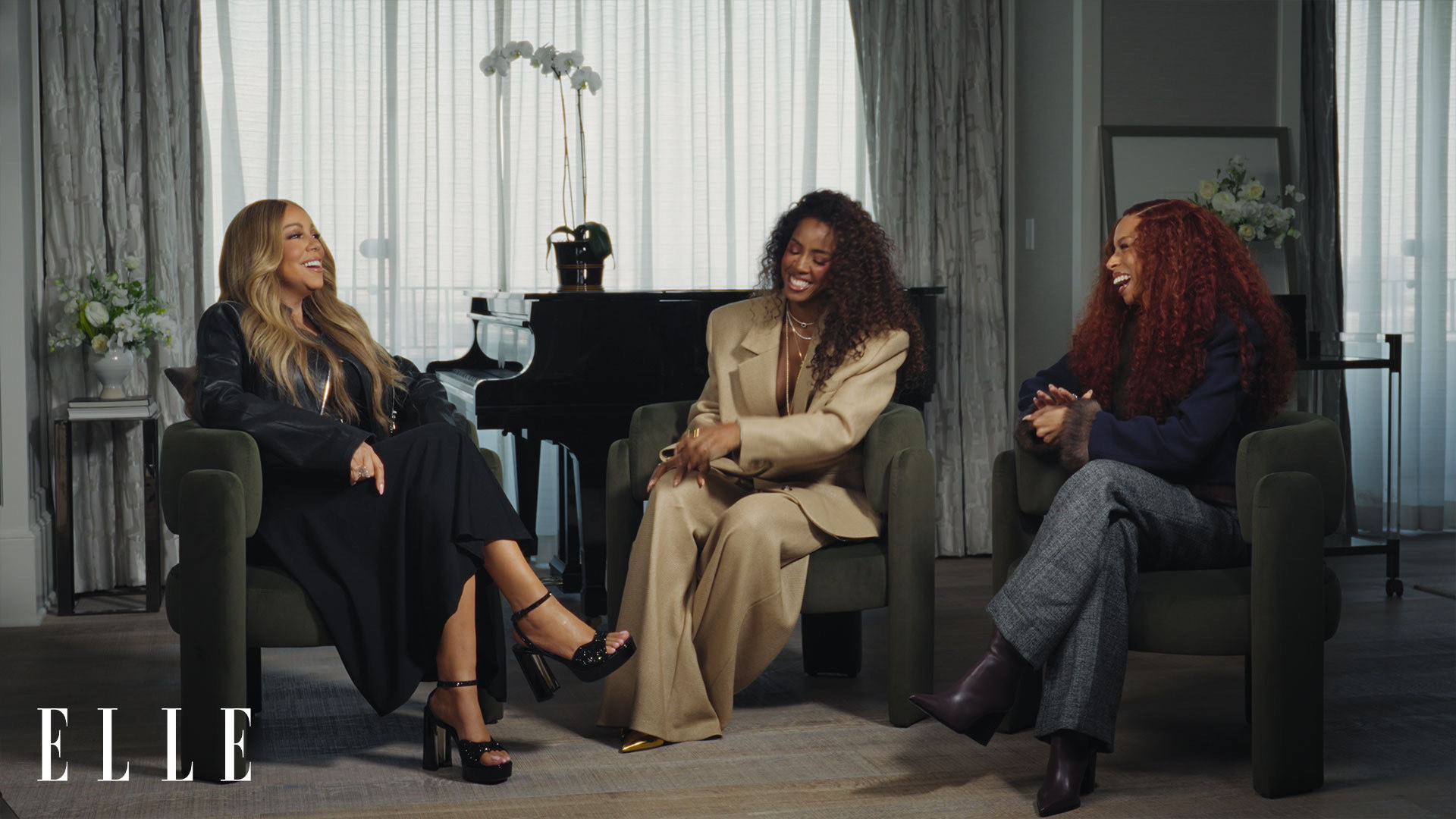
Spotify and ELLE Debut ‘Three Generations,’ a Bold New Series Bridging Women in Music — Spotify
Spotify’s commitment to supporting women in music spans genres, generations, and cultures. This week, we’re excited to announce a new chapter in our partnership with ELLE: Three…
Continue Reading
-
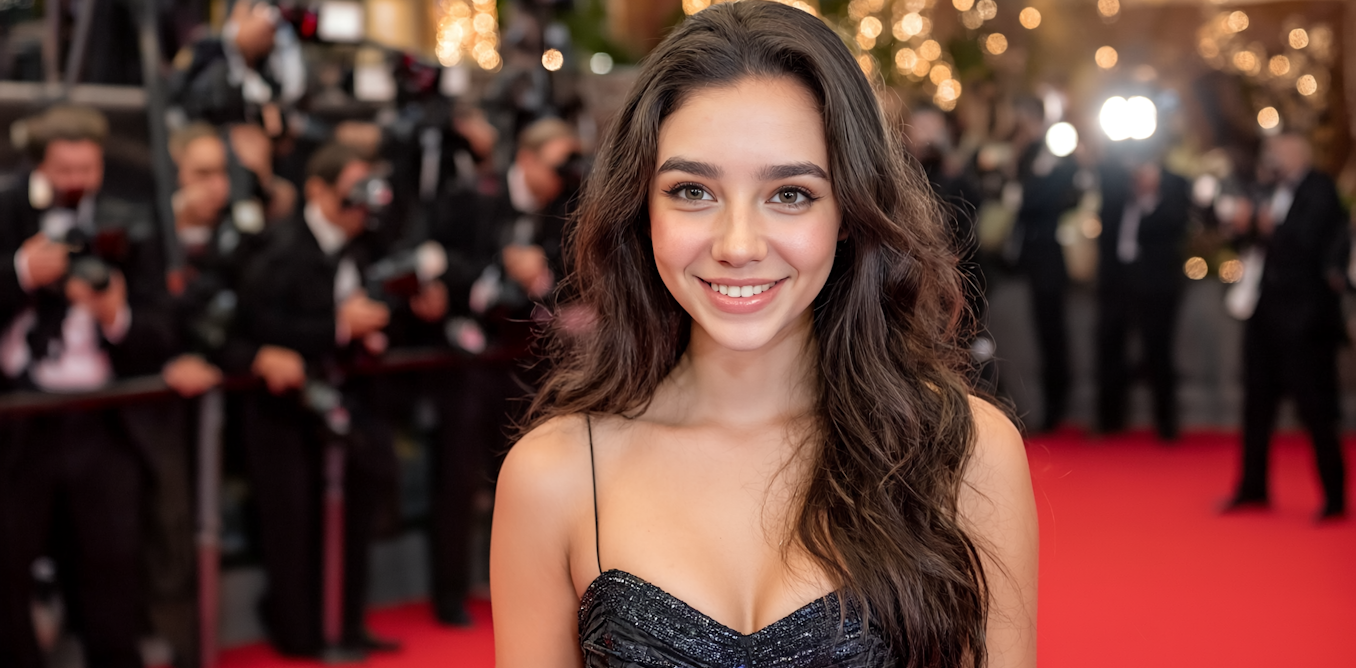
What AI-generated Tilly Norwood reveals about digital culture, ethics and the responsibilities of creators
Imagine an actor who never ages, never walks off set or demands a higher salary.
That’s the promise behind Tilly Norwood, a fully AI-generated “actress” currently being courted by Hollywood’s top talent agencies. Her synthetic…
Continue Reading
-

Queen Letizia Styles Subdued Florals in Armani Alongside Queen Mathilde in Dior for Spanish Royals’ Visit to Belgium
Queen Letizia of Spain and Queen Mathilde of Belgium opted for designer pieces by Giorgio Armani and Dior for their joint appearance ahead of the Europalia España 2025 Festival on Tuesday in Brussels.
For the special occasion, Queen Letizia wore…
Continue Reading
